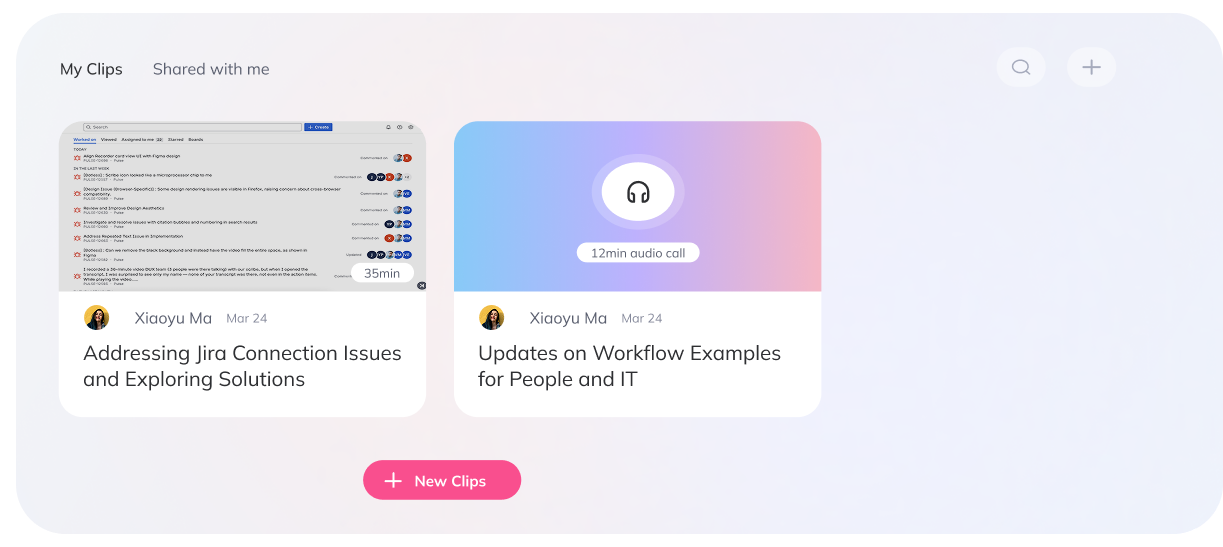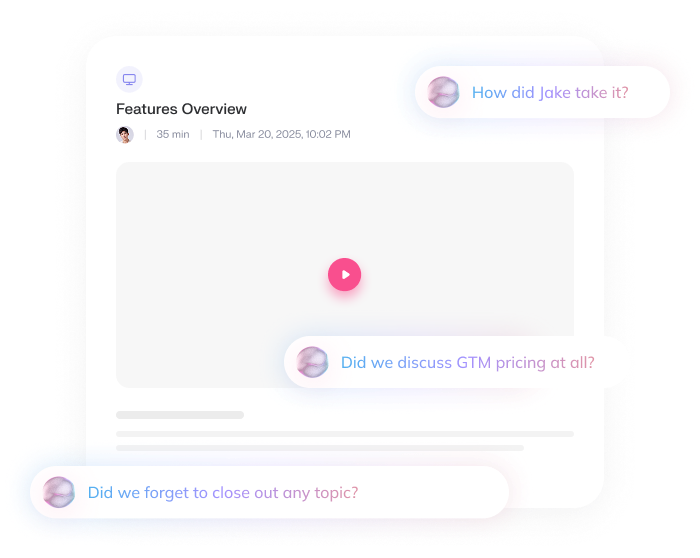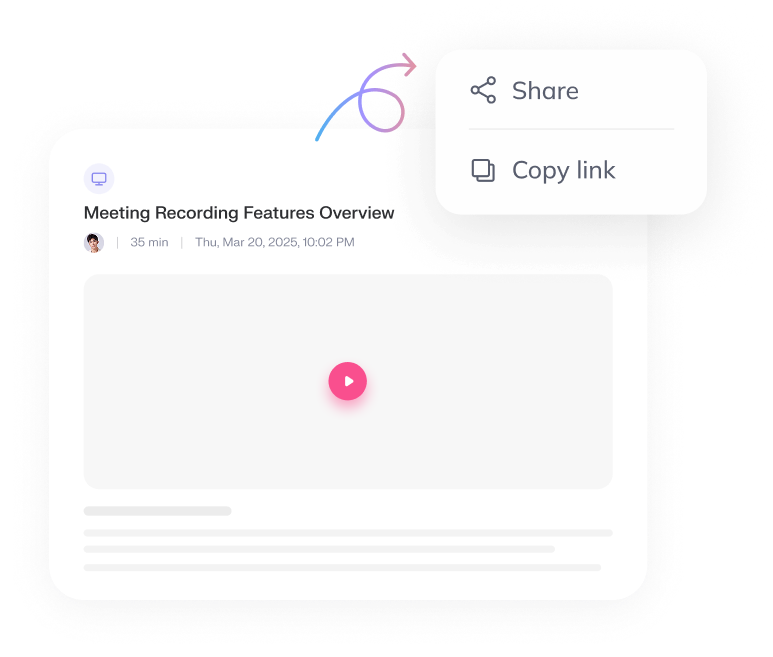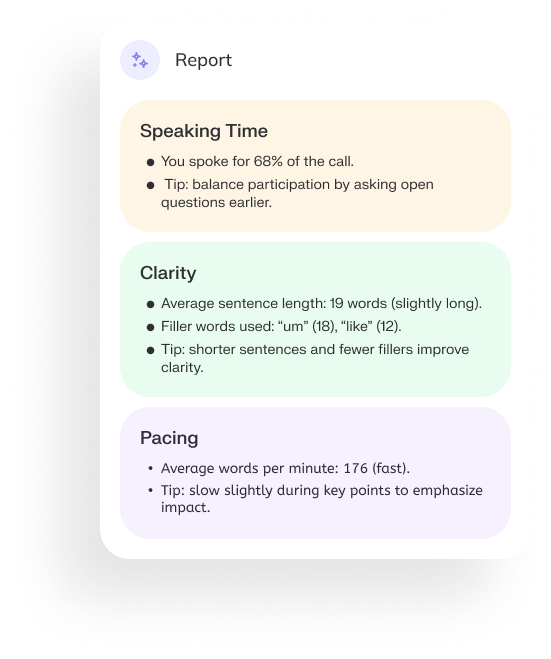
In the early days of AI-driven workflows, simply getting an automated plan from a natural-language request felt revolutionary. You could describe a task in plain English, and an AI system would assemble a read-only workflow to gather information and provide insights. But it was limited, the AI could read, but it could not act.
Today, we’re excited to announce a new generation of workflows that goes far beyond advice and insights. Our latest Workflows can not only analyze data, but also take intelligent actions and even create new tools on the fly to get the job done. This marks a fundamental shift from AI as a passive advisor to AI as an active collaborator in your enterprise operations.
The Evolution of Workflows (First Generation)
Our first-generation Workflows introduced the concept of text-to-workflow automation. Business users could type (or even speak) free-form instructions, like “Find all high-priority support tickets from last week and summarize customer complaints” and the AI would translate that into a step-by-step workflow. It connected to enterprise systems such as Slack, Jira, or Confluence, fetched relevant information, filtered and analyzed the data, and then presented the results. This innovation made complex data retrieval and analysis as simple as having a conversation:
- Natural language in, workflow out: Non-technical users could generate useful processes without writing a single line of code or dealing with complex UIs.
- Enterprise-aware: The AI leveraged connected knowledge sources and company data, respecting filters like time ranges or specific teams, to focus on what the user needed.
- Reusable and shareable: Once created, these workflows could be saved, shared with teammates, run on a schedule, or executed on demand, boosting productivity across the organization.
However, first-generation Workflows were inherently read-only. They could gather and synthesize information, but they stopped short of making changes in the environment. In practice, this meant the AI might tell you which Salesforce opportunities look risky or which Jira tickets violate policy, but it couldn’t take the next step of acting on that knowledge. The “last mile” of execution was left to the user or a separate manual process. This limitation kept AI in the role of an intelligent assistant rather than a full-fledged operator.
Breaking the Barrier: Second-Generation Workflows
The latest evolution of our platform introduces second-generation Workflows, which add two game-changing capabilities on top of the solid foundation we built:
- Automatic Tool Generation – expanding what AI can do.
- Action Execution – empowering AI to safely act on your behalf.
These additions transform Workflows from passive report generators into active agents of change in your enterprise. Let’s explore each in detail.
AI-Generated Tools: Extending Capabilities on the Fly
Perhaps the most groundbreaking feature of our new Workflows is the ability to automatically generate new “tools” through AI-driven code synthesis. In simple terms, the AI can now write code to create new integrations or functions whenever your task requires something beyond its pre-built skills.
In the first generation, Workflows were limited to the actions exposed by our predefined integrations. If there was no API or no existing function for what you needed, the AI simply couldn’t do it. We often encountered this when a user’s request went beyond the standard capabilities of a connected app. For example, our integration with Jira might allow reading issues and searching, but if you wanted the AI to post a comment to a Jira ticket or auto-close an issue, that specific capability had to exist beforehand. With automatic tool generation, that limitation disappears.
How it works: When you describe a workflow that requires a capability not already present, the system will dynamically create a custom tool for it. Under the hood, the AI writes code (yes, actual code) to implement the new function, uses a built-in sandbox to test that code, and refines it in a loop until it works correctly. This process is like having a software engineer on demand, coding and configuring an integration in real-time except it’s completely automated.
Example: Suppose you ask for a workflow to analyze Slack activity and flag any important customer messages that didn’t get a response. Our Slack integration could already read messages, but to truly solve your request, the AI might need additional data like the number of emoji reactions or whether a message is part of a long thread. If Slack’s standard API doesn’t directly provide these as a single call, our system can generate a tool that gathers and calculates those metrics (for instance, by iterating through reactions or thread replies). It essentially writes a mini-program on the fly to bridge the gap between what you asked and what Slack’s API returns. In another case, imagine wanting to enforce a policy in Jira: “If a developer assigns a ticket to QA without adding unit test results, flag it.” If no built-in function can flag or comment on Jira issues, the AI will generate one, crafting a new connector that uses Jira’s APIs to insert a warning comment or reassign the issue back to the developer. All this happens behind the scenes, during the workflow creation phase, without the user needing to touch or even see the code.
This ability to extend enterprise systems at will is revolutionary. We are no longer confined by the feature sets of integrated apps or waiting on vendors to provide a specific API endpoint. If a needed action or check is logically possible, our AI can now likely make it happen immediately by generating the right tool for it. The system effectively becomes self-extending, unlocking an entirely new level of flexibility in automation.
Action Capabilities: From Read-Only to Read-and-Write
The second major upgrade is that Workflows are no longer advisory only; they can take direct action in your enterprise apps. In first-gen workflows, after identifying, say, a list of high-risk sales opportunities or policy violations, the AI would hand that list to you. Now, it can go further and do something about it automatically (when you allow it to).
What do we mean by actions? These are concrete operations that change state or trigger processes in your tools: updating a field in Salesforce, posting a message in Slack, labeling or closing a ticket in Jira, sending an email response, and so on. We have added a new layer of “write” integration on top of the “read” capabilities. For example:
- A workflow can not only identify at-risk deals in Salesforce but also apply a “High Risk” label or create a task for the account owner.
- It can detect a compliance gap in a Jira issue and post a comment or reassign the issue to enforce your team’s process.
- It can analyze incoming emails and automatically route or escalate messages, for instance, forwarding urgent customer issues to a Slack channel or creating a ticket from an email.
- It might observe a trending question in Confluence documentation and notify the content team on Slack to update the docs.
In essence, Actions turn workflows into autonomous agents that can carry out the decisions they make. This elevates AI from a passive analyst to an active operator in your workflows. Instead of just telling you what needs attention, the system can immediately handle many tasks, saving time and ensuring nothing falls through the cracks.
Of course, giving an AI the keys to actually modify data and trigger changes in critical systems is a big step. We’ve implemented this carefully, with robust safeguards to make sure that these autonomous actions remain under your control. That’s where our Safe Mode comes into play.
Safe Mode: Trust through Transparent Testing
Empowering AI to act on real systems raises the critical issue of trust. How do you let an automated workflow make changes in, say, your CRM or project tracker, without worrying that it might go rogue and send erroneous emails or mis-tag hundreds of records? We addressed this by introducing a Safe Mode for workflows, providing a safety net as you move from testing to full automation.
When Safe Mode is enabled, any workflow you run will simulate the actions it’s supposed to take and generate a detailed preview report without actually executing those actions. In other words, the workflow goes through all the motions of reading data, analyzing it, and deciding on actions, but when it comes time to perform an update or make a change, it holds back. Instead, it logs what it would have done if it were allowed to act. You’ll get a report that might say (for example): “Would label 5 Salesforce opportunities as High Risk,” or “Would post a comment on 3 Jira tickets about missing unit tests.” This preview lets you verify that the workflow’s logic is sound and that its proposed actions align with your intent.
Once you’re comfortable with what you see, you can disable Safe Mode and run the workflow in full action mode. At that point, the approved plan is executed in real-time, and the changes are made to your systems exactly as previewed. Safe Mode essentially gives your team a reversible, controlled rollout for automation. Think of it as a dry run for your workflows: you get to see the impact before committing to it.
To further enhance trust, the system ensures that the version of the workflow you tested is exactly what runs in production. The AI’s planning and any code-generated tools (from the development phase) are saved and reused when you move to action mode. This means you won’t get any surprises; the workflow won’t “change its mind” later or generate a different tool the next time. By the time Safe Mode is off, the workflow’s behavior is deterministic and well-understood, just like a piece of software that has passed QA. If you ever need to tweak it, you can go back into a safe testing phase, adjust the instructions, and preview the changes again. This tight loop maintains predictability and reliability even as you let AI automation loose on critical business processes.
Why This Matters for the Enterprise
The combination of text-to-workflow simplicity, dynamic tool generation, and safe, executable actions isn’t just a nifty technical achievement; it has efficient and profound implications for how work gets done in an organization. Here are a few ways we envision this new capability transforming enterprise operations:
- Policy Enforcement at Scale: Companies can codify governance rules or best practices in plain English and have the AI enforce them continuously. For example, define a rule that “no code change should be deployed without a QA sign-off in Jira” or “flag any deal in Salesforce that hasn’t been updated in 30 days.” The workflow will constantly watch for these conditions and take action (like posting reminders or reopening tasks), ensuring compliance without relying on humans to manually police every item.
- Sales and Revenue Acceleration: By monitoring CRM data in real-time, a workflow can instantly label or surface high-intent and at-risk opportunities. Sales teams won’t have to manually search for these, the system can prioritize the pipeline by automatically tagging deals, creating follow-up tasks, or even sending alerts to account owners. This means faster response on hot leads and proactive rescue of deals that might slip away, directly impacting revenue.
- Operational Efficiency for Every Team: Many teams have wished for “if only we had a tool that did X,” but lacked the technical resources to build it. Now those wishes can be fulfilled on the fly. A customer support manager might say, “I want an easy way to identify support tickets from VIP clients that stayed unanswered for over 2 hours.” In the past, building such a custom monitor would have required engineering work. Today, describing that need to the AI is enough; the workflow will create the missing tooling and deliver the solution. This democratizes automation, letting knowledge workers in HR, finance, support, etc., customize workflows to their exact needs without a development project for each request.
- Adaptive Infrastructure: Enterprises often find themselves constrained by the software they use “we can’t do that because the tool doesn’t support it.” With AI-generated extensions, your automation infrastructure becomes adaptive. Workflows act as a self-extending layer on top of your systems, so you’re no longer limited by static vendor APIs or off-the-shelf features. If the underlying platform doesn’t do something, the AI will try to fill the gap. This allows businesses to innovate in their processes faster because the automation can evolve almost as quickly as the company needs to.
In all these scenarios, the key theme is moving from knowledge-driven recommendations to knowledge-driven actions. The AI isn’t just telling people what to do; it’s actually helping them do it (or doing it for them when appropriate). That closes the loop between insight and execution, which is where a lot of organizations stumble due to time constraints or human error.
The Bigger Picture: AI as a True Co-Worker
What we’re launching is more than just an incremental product update. We believe it signals a change in how people will collaborate with AI in the workplace. With text-prompted workflows that can invent new tools and reliably take action, AI moves from the role of a competent advisor to something closer to a trusted co-worker. Consider the pillars of this new paradigm:
- Conversationally driven: You converse with the computer in plain language about what you need, and it handles the rest. This lowers the barrier to automation so dramatically that anyone in the organization can leverage it. The interface is not about code or forms; it’s about conversation.
- Dynamically extensible: The system can adapt to new problems by writing new code in real time. It’s as if it can grow new hands and eyes for each task. This dynamic extensibility means your automation capabilities are no longer static – they evolve with your needs, almost instantly. It’s a world where saying “I wish our software did X” can be the spark that makes your software do X, within minutes.
- Trust-centered: By building in features like Safe Mode and by requiring explicit human go-ahead for execution, we ensure that this power is wielded carefully. Trust is earned through transparency and control. You see what the AI plans to do, you test it, and you only unleash it when you’re confident. Over time, as the AI proves itself, it becomes a reliable operator that you can increasingly delegate to, just like a well-trained team member.
Taken together, these advances point to a future where enterprise automation is not a tedious, months-long IT project, but an agile, conversational collaboration between humans and AI. It’s a future where you can interact with your business systems as easily as you talk to a colleague, and tasks simply get done with new tools spinning up as needed and tasks executing safely in the background.
We’re thrilled about this new milestone because it brings us closer to the vision of AI as a genuine partner in the workplace. Workflows with automatic tool generation and action capabilities bring that vision to life, making it tangible for teams to use today. It shifts the narrative from “AI can give you insights” to “AI can actually run part of your operations, under your guidance.”
Ready to Experience the Next-Gen Workflows?
Our new Workflows with Actions and Tool Generation are available now for customers to explore. This launch isn’t just about adding features, it’s about unlocking a new way to work. If you’re excited to see how this technology can drive value in your organization, we invite you to give it a try. Start a workflow, describe what you need, and watch as the AI builds it and puts it into action. We believe this is going to change how work gets done, and we can’t wait to hear what you think.
Ready to transform the way your team works? Get in touch with us to schedule a demo or start using the new Workflows today. Let’s turn your words into actions, together.















